The Romanian Athenaeum (Romanian: Ateneul Român) is a concert hall in the center of Bucharest, Romania and a landmark of the Romanian capital city. Opened in 1888, the ornate, domed, circular building is the city’s main concert hall and home of the “George Enescu” Philharmonic and of the George Enescu annual international music festival.
History
In 1865, cultural and scientific personalities such as Constantin Esarcu, V. A. Urechia, and Nicolae Cretulescu founded the Romanian Atheneum Cultural Society. To serve its purposes, the Romanian Athenaeum, a building dedicated to art and science, would be erected in Bucharest.
The building was designed by the French architect Albert Galleron, built on a property that had belonged to the V?c?rescu family and inaugurated in 1888, although work continued until 1897. A portion of the construction funds was raised by public subscription in a 28-year long effort, of which the slogan is still remembered today: “Donate one leu for the Ateneu!“
On December 29, 1919, the Atheneum was the site of the conference of leading Romanians who voted to ratify the unification of Bessarabia, Transylvania, and Bukovina with the Romanian Old Kingdom to constitute Greater Romania.
Extensive reconstruction and restoration work has been conducted in 1992 by a Romanian construction company and restoration painter Silviu Petrescu, saving the building from collapse. The 9 million Euro required were contributed in equal shares by the government and the Council of Europe Development Bank.
Building and facilities
The overall style is neoclassical, with some more romantic touches. In front of the building there is a small park and a statue of Romanian poet Mihai Eminescu.
Inside, the ground floor hosts an ornate conference hall as large as the auditorium above; the auditorium seats 600 in the stalls and another 52 in loge seating.
A 75-sqm long and 3-m wide fresco decorates the inside of the circular wall of the concert hall. Painted using the al fresco technique, the piece depicts the most important moments of Romanian history, starting with the conquest of Dacia by Roman emperor Trajan and ending with the realization of Greater Romania in 1918.
Recognized as a symbol of Romanian culture, the building has been inscribed in 2007 on the list of the Label of European Heritage sights.
Related Listing
-
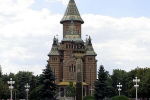
Orthodox Cathedral
The Timi?oara Orthodox Cathedral (Catedrala Ortodox?) is a Romanian Orthodox cathedral in ...
-
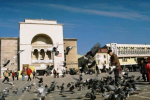
Romanian Opera
Construction of the Palace of Culture building (which houses the Romanian Opera) started in 1871, ...
-
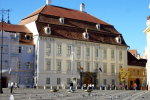
Brukenthal Palace
Facing west of the square is the stunning Brukenthal Palace (Palatul Brukental), built ...

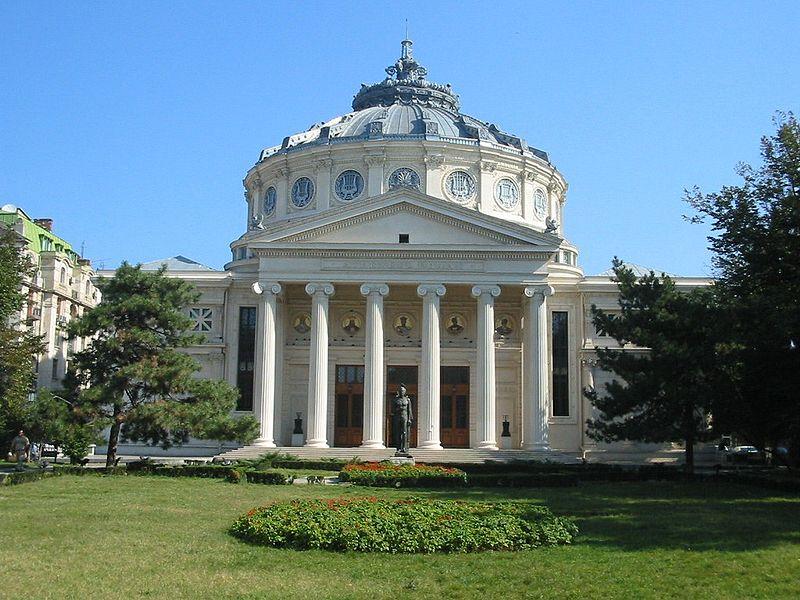

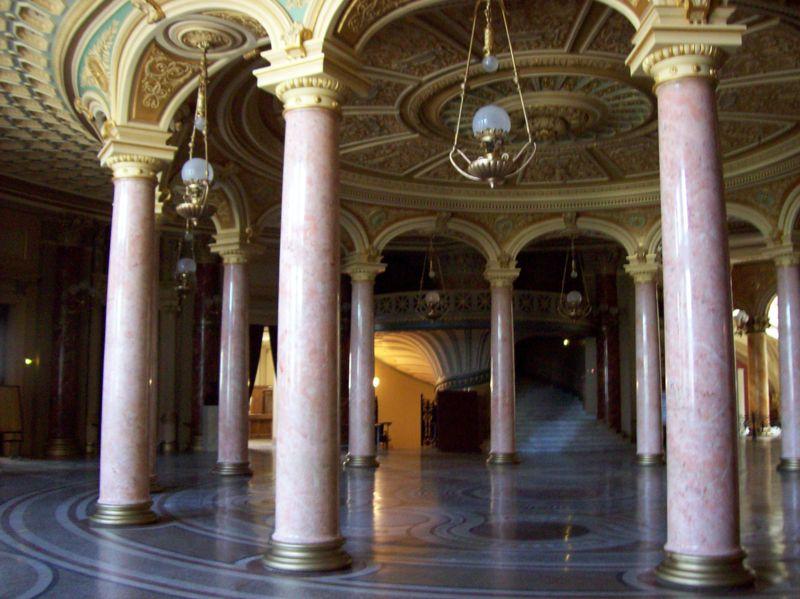

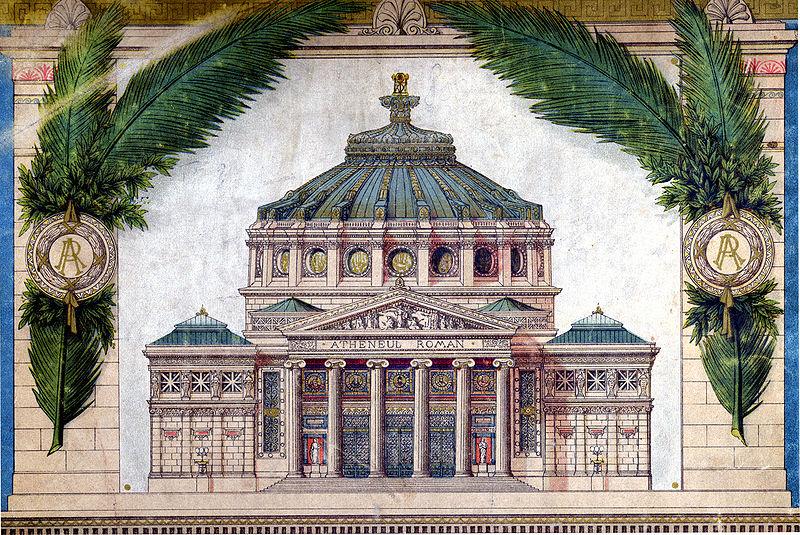







Recent Reviews